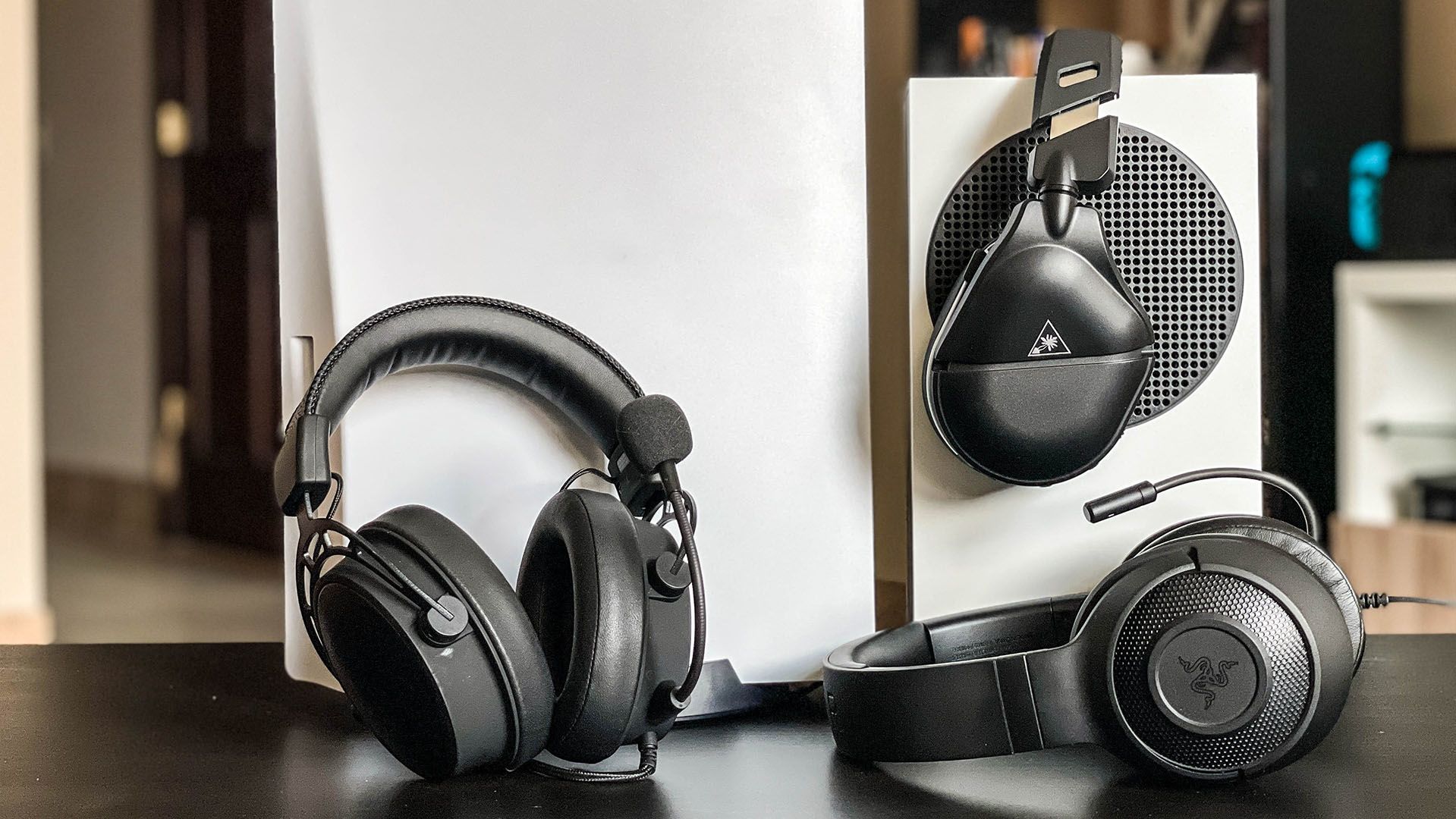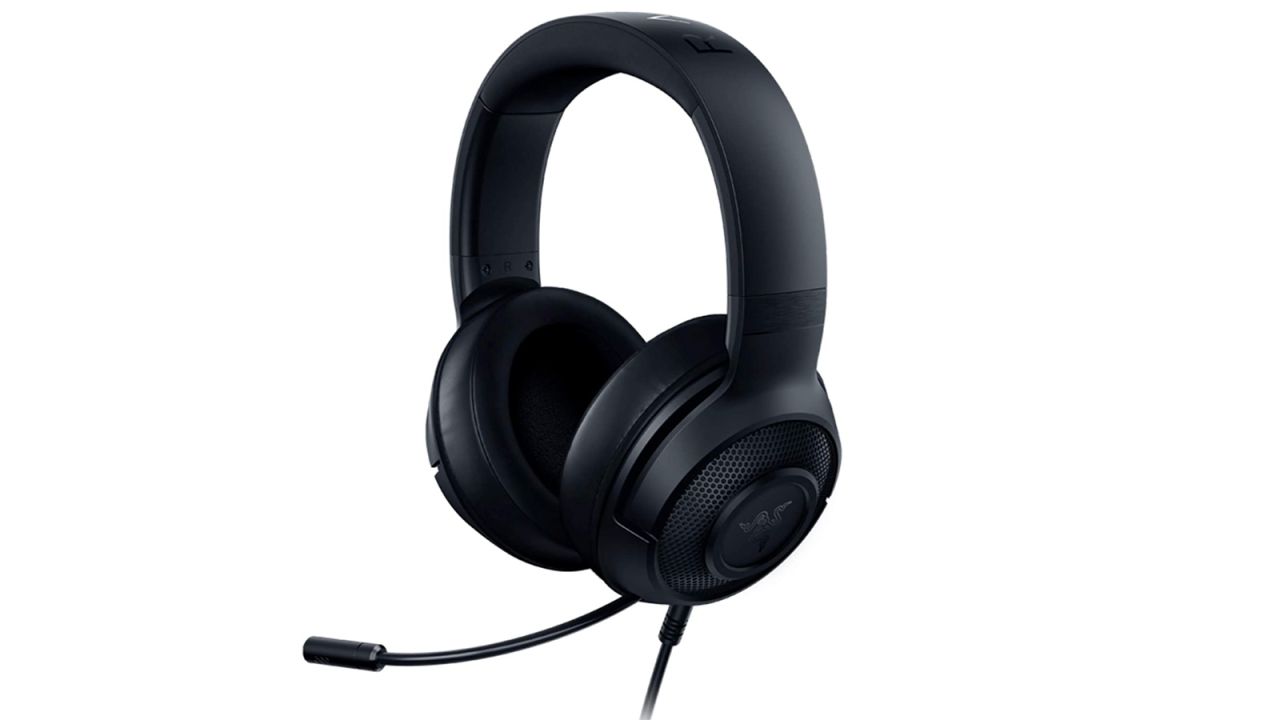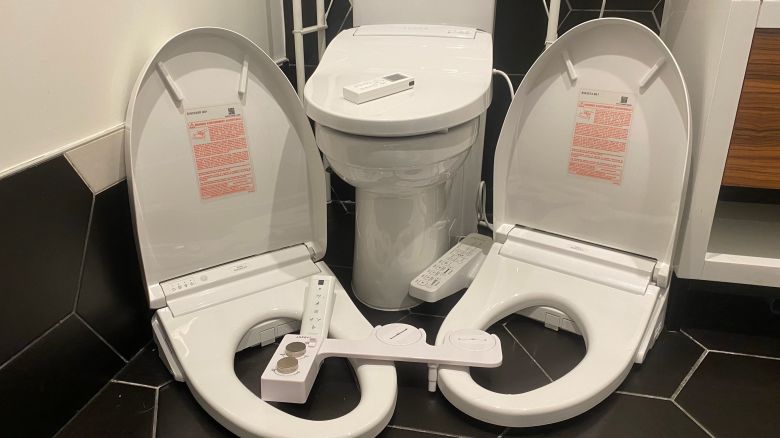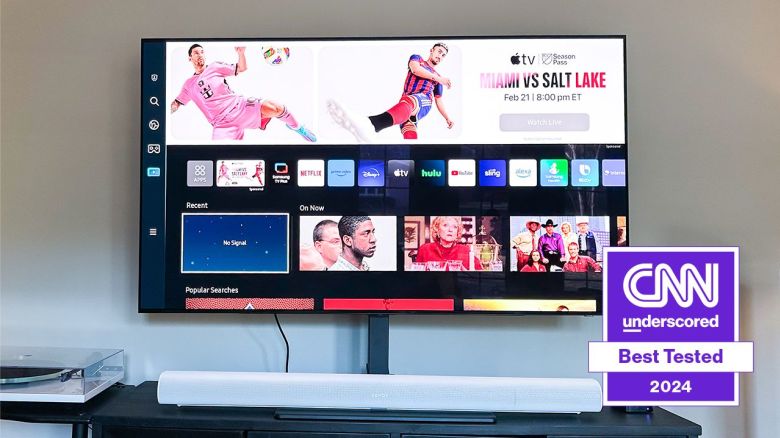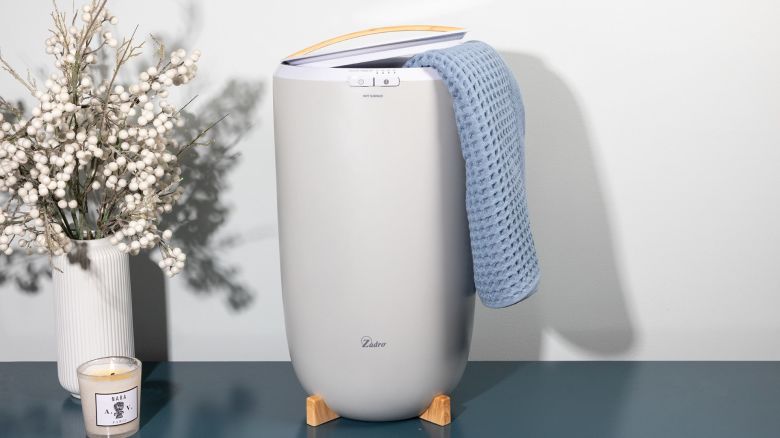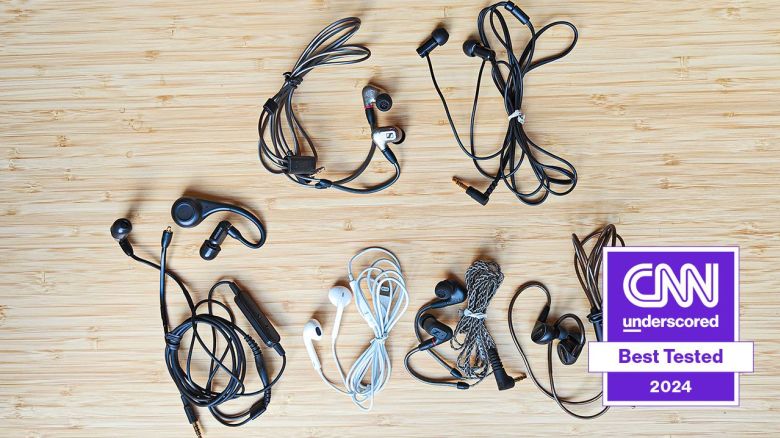A great gaming headset will help you get immersed in virtual worlds, chat with your friends and hear enemies coming during heated Call of Duty matches. And when you’re not gaming, these headsets double as reliable everyday headphones for taking work calls and listening to music.
CNN Underscored extensively tested 18 of the top gaming headsets — wired and wireless models — to seek out options that were the most comfortable, sounded the best, offered useful features and dependable microphones and worked well across multiple consoles and computers. After lots and lots of game time, here are the three that stood out:
Best budget gaming headset: Razer Kraken X
From $56 at Amazon
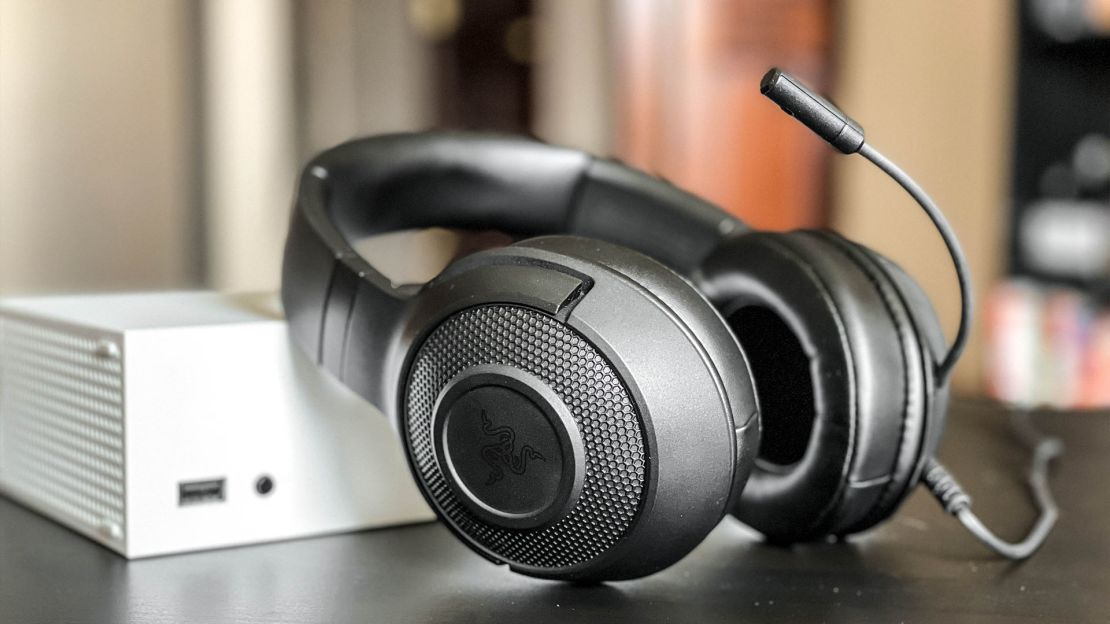
Works with
- PlayStation
- Xbox
- Nintendo Switch
- PC (via headphone jack)
The Razer Kraken X was the clear standout among the many budget gaming headsets we tested, thanks to excellent sound quality, a clear microphone and, most significantly, a comfortable design that we never got the urge to take off.
At just over half a pound and sporting a set of plush memory foam ear cups, the Kraken X felt snug and secure without weighing us down, and it was easy to forget we were even wearing it during hour-plus gaming sessions. This set it apart from budget rivals like the Logitech G432 and Turtle Beach Recon 70, which are similarly lightweight but have ear cups that felt much more stiff by comparison.
With a plastic design that we tested in all black, the Kraken X is about as low-frills as it gets in terms of aesthetics. That’s not necessarily a bad thing — we found it to blend into our gaming setup well, and there are black-and-blue and mercury white options available for those who want a bit more pizzazz.
Razer’s headset also keeps things simple in terms of controls, with just a volume rocker and a mute button on the back of the left ear. These controls were easy to reach, but it was sometimes hard to tell when we were muted since there’s no visual indicator for that up front. We eventually got used to it — you’ll know you’re muted when that rear button is raised. But the Logitech and Turtle Beach headsets have a slightly more elegant flip-to-mute setup in which you silence yourself by simply flipping the microphone upward.
The Kraken X’s sound quality is the best we tested in this price range, serving up punchy, balanced audio for every game we threw at it. In Overwatch, the sound of gunfire had a satisfying kick to it, and we could easily hear where enemy footsteps were coming from.
That same strong directional sound helped us keep tabs on other cars while swerving around in Rocket League, and made it easy to get immersed in the lush environmental sounds of wildlife and waterfalls in Monster Hunter Rise. None of the sub-$50 headsets we tested sounded bad, but rivals from Turtle Beach and Logitech were a bit lacking in bass, volume and clarity by comparison.
The Kraken X features a great microphone for the money, producing audio recordings that were warm and clear with very little background noise. Budget competitors, such as the Recon 70 and the Corsair HS50, sounded slightly fuzzy by comparison. In fact, the Kraken X mic wasn’t terribly far off from the more detailed audio on the more expensive $99 Razer Blackshark V2 headset, and was only matched in the budget arena by the similarly crisp Logitech G432.
If you’re using the Kraken X on a Windows PC, you can take advantage of 7.1 virtual surround sound (which adds some extra dimensionality to your audio) via a companion app. The surround sound effect was subtle but noticeable when we fired it up to watch some Avengers: Endgame, bringing some extra oomph to the sounds of blaster fire while allowing us to better hear the background chaos during the big battle between the Avengers and Thanos’ forces. The HyperX Cloud Stinger S offers a similar effect, though we found it to be hollow and overly bassy by comparison.
The Kraken X connects via a 3.5mm headphone jack, which made it easy to plug into our PS5 and Xbox controllers, our Nintendo Switch in handheld mode and our PC. You don’t get the option of USB connectivity like you do on the Logitech G432 or the $69 Kraken X V3, which gives you the benefit of connecting to the Switch in docked mode while you’re playing on your TV. But unless that specific use case is an absolute necessity for you, the Kraken X offers the best combination of sound quality, comfort and compatibility you can find at this low price.
Best wired gaming headset: HyperX Cloud Alpha S
$130 $100 at Amazon
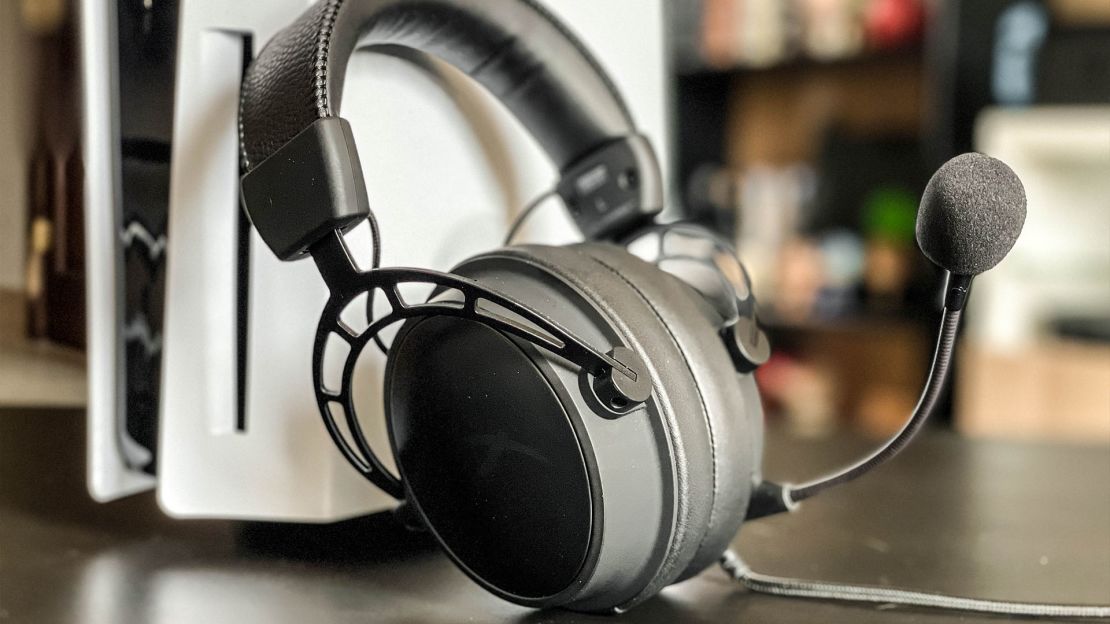
Works with:
- PlayStation
- Nintendo Switch TV mode
- PC (via USB)
- PlayStation
- Nintendo Switch handheld mode
- Xbox
- PC (via 3.5mm headphone jack)
If you’re in the market for a premium wired headset that sounds great, feels comfortable, works well with every platform and has especially excellent controls, the HyperX Cloud Alpha S excels on all of those fronts.
The Alpha S sports one of the sleekest and most sturdy-feeling builds of any headset we’ve tested, with an understated all-black design consisting of a solid steel frame and soft, faux leather coated cushions. If you want a bit more flair, there are also blue and red options available that add some color to the ear cups and headband.
The Alpha S’s cushy memory foam ear cups immediately stood out as some of the most comfortable in our testing pool the second we put the headset on. That remained the case for days, as we never got the urge to take HyperX’s headset off throughout long hours of taking work meetings and sneaking away to play some games.
But the real genius of the Alpha S’s design lies in the controls. While most headsets force you to fumble with on-ear buttons and dials that you can’t see, the Alpha S has a handy control panel right on the wire for adjusting volume, balancing game and chat levels, muting your mic and even activating 7.1 surround sound.

Similar headsets, such as the Logitech G Pro X and Razer Blackshark V2, require you to hop into an app to activate different sound modes, so being able to instantly amp up our game audio with a single tap was a really nice convenience.
There’s even a handy clip on the panel if you want to attach it to, say, a shirt pocket for easy access. We just have a few minor gripes with this setup — the control panel was very easy to play with while we sat at a desk, but its placement toward the middle of the cable made it slightly hard to reach while we used the Alpha S on our PS5 and Switch in the living room. You’ll also have to forgo the panel if you’re connecting via the headphone jack and not a USB port, which means no extra controls for Xbox and handheld Switch players.
While the bulk of the Alpha S’s controls sit on the wire, there’s a slider on each ear cup for flipping between three different levels of bass adjustment. While this is a unique feature we didn’t find on other headsets, we didn’t notice a big difference in overall bass levels whenever we played around with it while gaming and watching movies.
That wasn’t much of an issue, though, because the Alpha S sounded great with just about every genre of game right out of the box. HyperX’s headset especially stood out amongst competitors when we played Mortal Kombat 11, clearly picking up subtle background details like a cheering crowd while presenting the sounds of the game’s gory fatalities in all of their visceral detail.
Having easy access to 7.1 surround sound was also a boon for most games we tested. A quick tap of the surround button instantly boosted the sounds of nearby bugs and birds in Monster Hunter Rise, and made it easy to pick out where other cars were coming from in Rocket League.
We got no complaints about the Cloud Alpha S’s microphone when using it frequently during work calls, and our voice recordings were largely clean with no discernible background noise. We got slightly clearer recordings from the Razer Blackshark V2, and the Logitech G Pro X’s incredibly lucid microphone was the best of any we tested. But the Alpha S is more than dependable enough for multiplayer chats and everyday meetings.
Those using the Cloud Alpha S on Windows can fiddle with the headset via HyperX’s Ngenuity software, which largely offers the same controls you’ll find on the physical panel while also letting you activate mic monitoring for hearing your own voice while you talk. It’s not nearly as robust as Logitech’s G Hub software, which lets you fine-tune both the audio and microphone output complete with a variety of presets aimed at competitive gamers. But unless you’re in the esports crowd, we think the Alpha S’s superior comfort and controls make it the best wired headset for most gamers.
Best wireless gaming headset: Turtle Beach Stealth 700 Gen 2
$180 $150 at Best Buy
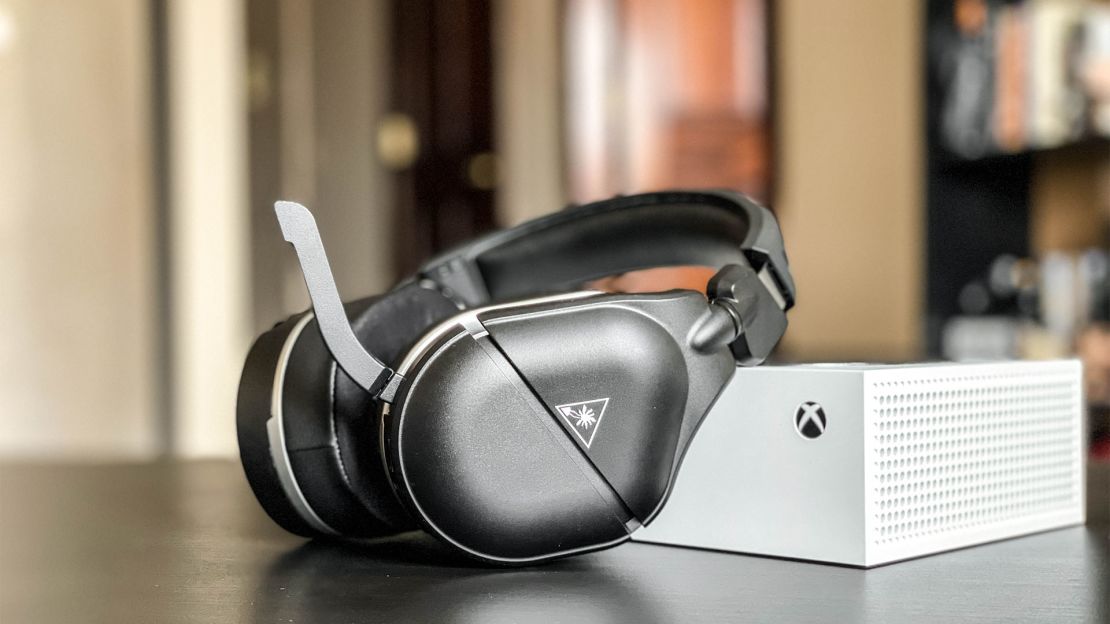
Works with:
- Xbox
- PC (Xbox model)
- PlayStation
- Nintendo Switch TV mode
- PC (PlayStation model)
We tested a lot of great wireless headsets, but the Turtle Beach Stealth 700 Gen 2’s robust feature set, best-in-class comfort and Bluetooth functionality put it over the top for folks looking to go cord-free.
The Stealth 700 Gen 2 is more comfortable than just about every headset we tried, with thick and incredibly soft foam ear cushions that engulfed our head like a set of pillows. Better yet, these cushions are infused with cooling gel, which meant that the headset always felt cool on our ears at first touch, and never got sweaty during longer sessions.
Cozy ear cups aside, the Stealth sports a simple but premium-looking black design that’s accentuated by some classy stripes of silver. This headset also sports an absolute smorgasbord of controls on the left ear, which is both a blessing and a curse.
You’ll find distinct dials for overall volume as well as game/chat balance, a power button, a button for switching sound modes, a button for activating Bluetooth and a button for connecting to Xbox Wireless on our Xbox model. While it’s nice having this much control at your fingertips, we constantly found ourselves adjusting the wrong volume dial or pressing the Bluetooth button when we meant to change sound modes. We eventually got the hang of things after spending more time with the headset, but we wish the controls weren’t all so close together.
Fortunately, this issue is mitigated slightly by Turtle Beach’s Audio Hub app for iOS and Android, which lets you customize what many of those buttons do while putting even more control at your fingertips. Here, you can program the mode button and secondary volume rocker to perform various functions, as well as activate mic monitoring or toggle chat boost to make your voice louder. You can also hop between a variety of sound modes that include Bass Boost and Vocal Boost, and toggle a noise gate to keep your voice from clipping on the mic if you get too loud. This makes the Stealth 700 Gen 2 one of the most feature-rich headsets we tested, and we found the ability to customize it right from our phones much more convenient than the PC-based apps many headsets rely on.
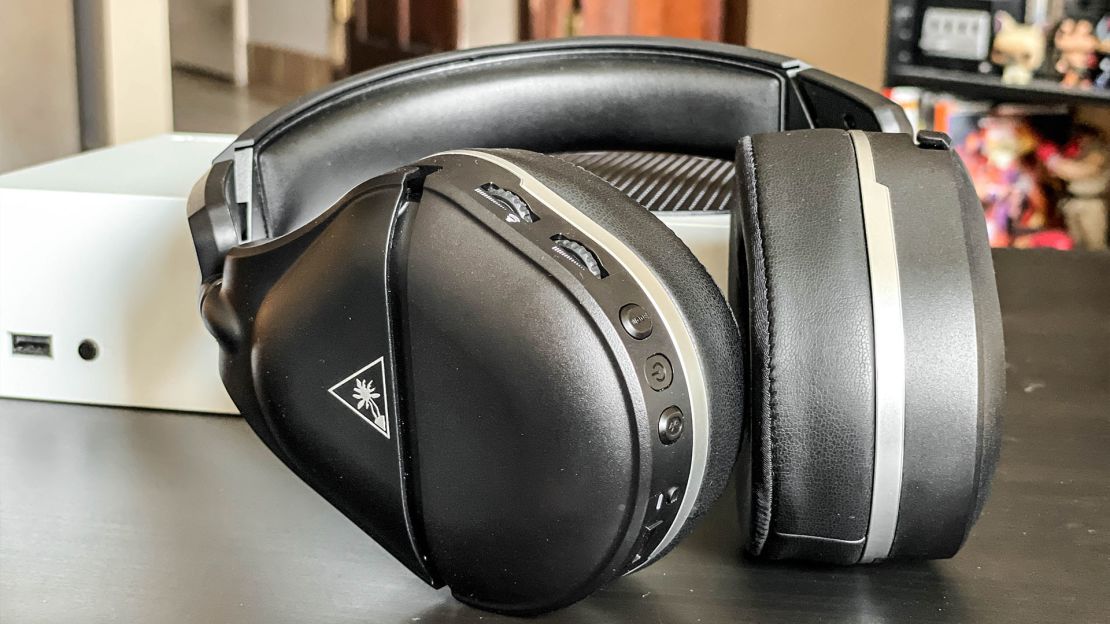
Even if you don’t mess with many of these settings, you’ll still get great audio out of the Stealth 700 Gen 2 right out of the gate. Turtle Beach’s headset made an especially great companion to shooters like Overwatch, as we could clearly hear enemy footsteps coming while enjoying the bassy, satisfying sounds of gunfire and explosions.
The Stealth was even more impressive once we turned on Superhuman Hearing (which is designed to elevate specific frequencies for competitive titles), as distant footsteps and gunshots became that much clearer. The feature doesn’t shine in every title — we found the default setting to be crisper in sports and fighting games — but if your gaming rotation is big on Fortnite and Call of Duty, you’ll get a lot of use out of it.
The Stealth 700 Gen 2’s microphone is good, if not the best in its class. While we were able to clearly hear our voice when listening back to recordings, our chatter had a slight fuzzy quality to it, and there was some audible background noise. The Gen 2 outperformed the Blackshark V2 Pro in terms of overall quality, but we got crisper recordings from the SteelSeries Arctis 7X and the HyperX Cloud II Wireless.
While the Stealth feels and sounds great, its wireless connectivity capabilities are really what sets it apart. We tested the Xbox version of the headset, which has Xbox Wireless functionality — that means that you can pair it to your Xbox One or Xbox Series X/S without the need for a dongle. Tapping the pair button on both the headset and our Xbox Series S got us connected in seconds.
The Stealth is also one of the few gaming headsets with Bluetooth capabilities, meaning we were able to pair the headset to our phone and Xbox at the same time. This feature was incredibly handy — particularly during many online movie nights in which we streamed HBO Max from our Xbox while chatting with our friends on Discord.
If you want the ability to easily listen to music and podcasts while you game, or talk to friends on other consoles while playing cross-platform games, you’ll likely get a lot of mileage out of this feature. Microsoft’s own $99 Xbox Wireless Headset also has the same useful dual-pairing functionality, but the Stealth’s vastly better comfort, sound and features make it worth the extra premium. It’s also rated for 20 hours of battery life versus 15 for the Xbox Wireless headset, which largely lines up with our testing. We’ve only been able to drain the battery to a little less than 50% after close to a week of solid on-and-off use, while Microsoft’s headset gave a low battery warning after a few days.
There is one important caveat here — the Stealth 700 Gen 2 doesn’t come in a single one-size-fits-all model, so you’ll have to make sure you buy the one that best suits your gaming habits. The Xbox model we tested is designed primarily for Xbox consoles, though you can use it with a PC if you have an Xbox Wireless Adapter handy. The PlayStation model is more versatile, as it connects via a USB dongle and can be used with PS4, PS5, Nintendo Switch and PC.
If you want a single wireless headset that can work with all major consoles as well as PC, you’ll want to consider the $149 SteelSeries Arctis 7X Wireless. But we found Turtle Beach’s headset to be far more comfortable while pumping out richer sound and delivering more features, making it the best wireless headset you can buy — so long as it fits into your console setup of choice.
How we tested
As you might expect, our quest to find the best gaming headphones and headsets required us to play lots and lots of video games. We tested every headset in our pool on every platform it would work with, connecting each one to a PlayStation 5, an Xbox Series S, a Nintendo Switch and a Windows PC wherever possible to gauge overall compatibility.
To get a sense of how each headset held up for various genres, we focused primarily on four test games: Mortal Kombat 11 (fighting), Overwatch (shooting), Rocket League (sports and racing) and Monster Hunter Rise (action-adventure). For each title, we noted how well each headset handled big, punchy sounds, such as gunshots and explosions, as well as more subtle environmental sounds that are important to competitive play, such as footsteps.
We tried out any special features and companion apps offered by each headset, taking note of how useful its various sound modes and on-ear controls were. We used Audacity to gauge each headset’s microphone quality, recording clips of ourselves talking on each model while paying attention to things such as background noise, echo and overall voice clarity.
We also made each headset our daily driver for at least a full workday, using them to take calls, listen to music and watch videos while getting a sense of how comfortable they each stayed during hours-long sessions.
Other gaming headsets we tested
Corsair HS80 RGB Wireless
$150 $110 at Corsair
An extremely close runner-up to our best wireless headset pick, the Corsair HS80 RGB Wireless has a very comfortable and attractive design, great microphone quality and pretty good sound across various genres of games. However, we still recommend the Turtle Beach Stealth 700 Gen 2 because of its Bluetooth support, wider feature set and the fact that it comes in an Xbox-compatible variation.
SteelSeries Arctis 7X Wireless
$150 $100 at SteelSeries
Another contender for our top wireless spot, the SteelSeries Arctis 7X Wireless has a stylish and lightweight design, and works instantly with PlayStation, Xbox, Switch, PC and even Android phones, thanks to a handy wireless adapter. However, its somewhat coarse ear cups and thinner overall sound put it behind the Stealth 700 Gen 2.
Logitech G Pro X
$130 $100 at Logitech G
Another headset that very nearly made our list, the Logitech G Pro X is an excellent wired headset with an attractive design, good audio, lots of customization options and the best mic of any headset we tested. However, it wasn’t quite as comfortable to wear as the Alpha S during longer sessions.
Razer Blackshark V2
$100 $80 at Best Buy
The Blackshark V2 is one of the better-sounding headsets we tested, with crisp and balanced sound that worked well across genres. But while we liked its lightweight design, its rougher ear cushions had us going back to the Alpha S.
Razer Blackshark V2 Pro
$180 $130 at Best Buy
A wireless version of the V2, the Blackshark V2 Pro has the same great sound as its wired sibling while being able to connect wirelessly to PC, PS5 and Switch. But again, we didn’t find its overall comfort up to snuff with our top picks, and its microphone quality was lacking — especially at this high price.
Roccat Syn Pro Air
$100 $79 at Amazon
The Roccat Syn Pro Air has an attractive and lightweight build, complete with some neat-looking customizable RGB lighting for those who want their headset to match the rest of their glowy gaming setup. However, we found its mesh ear cups to feel a little abrasive, and while it sounded good overall, it can go a little too heavy on the bass.
Xbox Wireless Headset
$100 $85 at Walmart
A great choice if you want a dependable Xbox headset that doesn’t cost a ton, the $99 Xbox Wireless Headset offers good overall sound and some really neat and intuitive dial controls. It also has the ability to pair to your Xbox and phone at the same time. But if you’re able to spend more, the Stealth 700 Gen 2 has that same party trick on top of much better comfort, sound and features.
HyperX Cloud II Wireless
$150 $117 at Amazon.com
One of several high-quality wireless headsets we tested, the HyperX Cloud II Wireless sounds great and has a very slick design. But it wasn’t as comfortable as rivals during prolonged use, and the fact that it only connects via a wireless USB dongle means that it’s a no-go for Xbox fans.
SteelSeries Arctis Prime
$100 $65 at Amazon
The Arctis Prime is a no-nonsense headset designed for competitive gamers, with very strong audio quality and a durable steel frame. It’s a worthy consideration for traveling esports pros, but you can get more versatile and feature-packed headsets (like the HyperX Cloud Alpha S and Razer BlackShark V2) for a similar price.
Razer Kraken V3 X
$70 $45 at Amazon
An updated version of our favorite budget headset, the Kraken V3 X offers customizable RGB lighting within a mostly similar design for $20 more than the standard Kraken X. However, we didn’t find its subtle lighting effects to be worth the extra premium, and its USB-only connectivity actually makes it more limited than its cheaper sibling in terms of compatibility.
Corsair HS50 Pro
$50 at Altex
The Corsair HS50 Pro is one of the nicest-looking and sturdiest-feeling headsets we tested in the $50 price range. But we found the Kraken X to have an edge in terms of both comfort and sound quality.
HyperX Cloud Stinger S
$60 $36 at Amazon
Another strong contender in the budget category, the HyperX Cloud Stinger S offers solid comfort and mic quality for the price. However, we found its audio quality to be lacking compared to rivals, particularly when it came to bass and environmental details.
Logitech G432
$50 $46 at Best Buy
The Logitech G432 gets you solid sound for the price, USB and 3.5mm connectivity and an especially great microphone. But when it comes to comfort, we found its ear cups a bit too stiff compared to rivals like the Kraken X and Stinger S.
Logitech G332
$60 $40 at Logitech G
The cheaper sibling of the G432, the G332 offers similar performance but only connects via a 3.5mm headphone jack. It’s a totally dependable headset (especially if you snag it on sale), but again, we’d recommend the more comfortable Kraken X.
Turtle Beach Recon 70
$40 at Amazon
The $40 Recon 70 is one of the most affordable headsets we tested, but also one of the most lacking in some key areas. While you’ll get a surprisingly good microphone for the money, the Recon 70’s plastic design felt a bit too tight for our liking, and audio performance was just OK.
